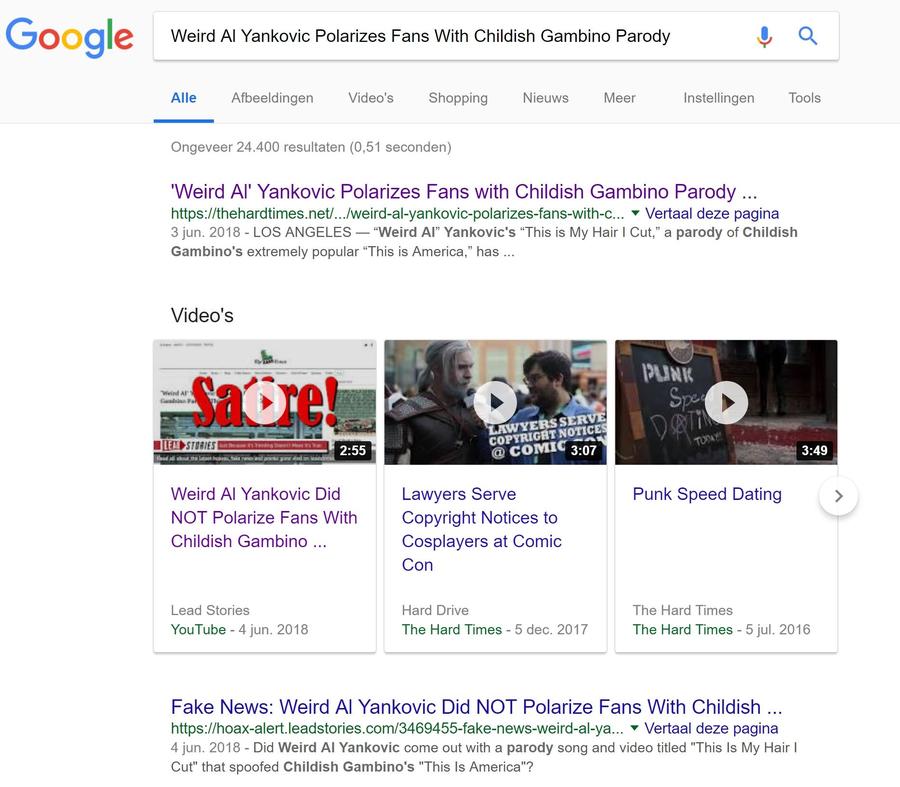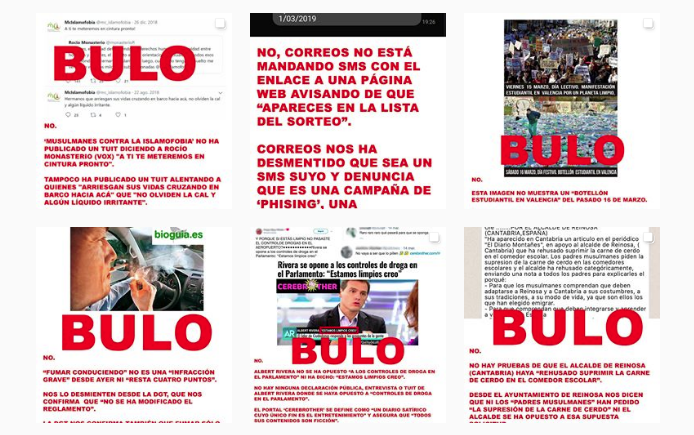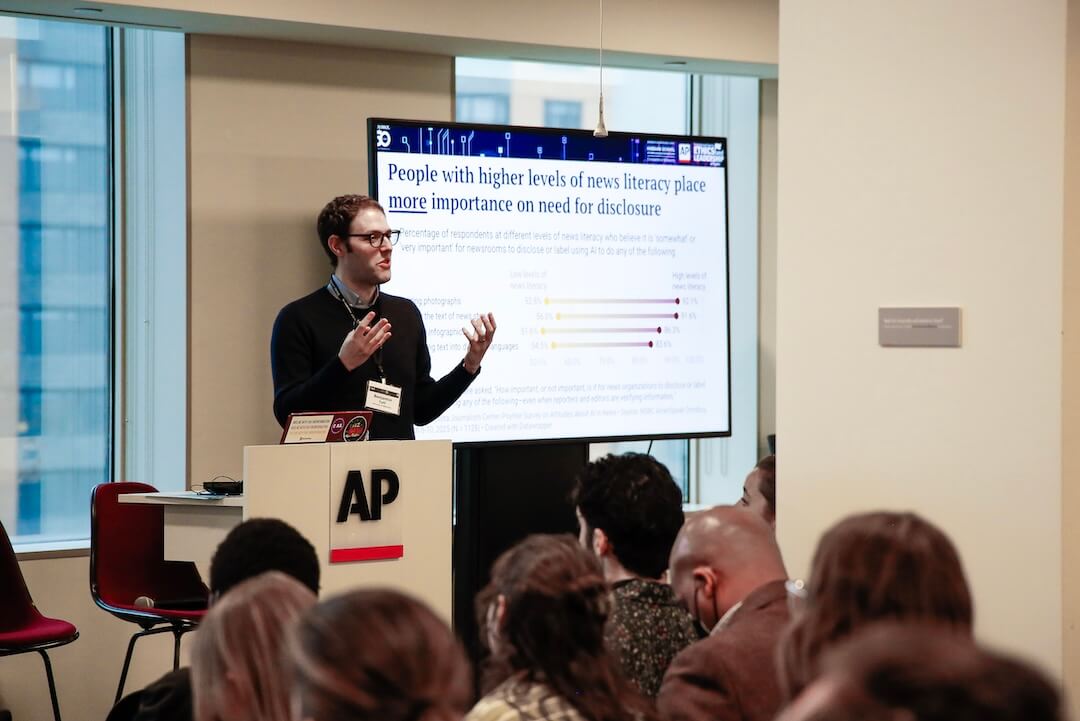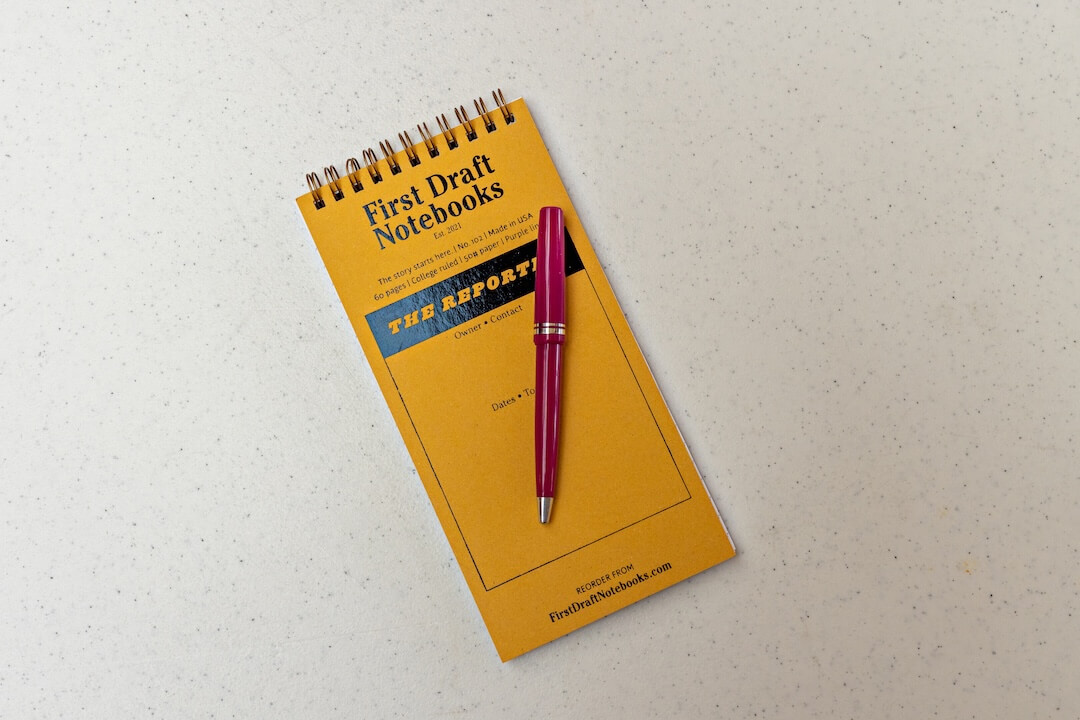The fact checks look like hoaxes.
On Instagram, they appear over screenshots. Sometimes it’s a photo of a bogus Facebook meme, sometimes a fake news story or, increasingly, a thread of rumors on WhatsApp. There are bold red letters written over each screenshot, which look a lot like the hyperpartisan posts anybody on social media has probably seen a lot of.
But the writing says “bulo” — Spanish for “hoax.” And the sketchy design is intentional.
“The disinformation we were seeing came in visual layouts, adapted to mobile devices and created to reach virality by being light to share and easy to consume,” Clara Jiménez Cruz, co-founder of Spanish fact-checking site Maldito Bulo, wrote for Poynter in December. “We decided to copy the ‘bad guys’ in order to fight back.”
For the past two years, Maldito Bulo (which means “damn hoax” in Spanish) has been experimenting with formats that imitate the design and layout of misinformation. The outlet posts its debunks as images on social media with the goal of making fact checks go as viral as falsehoods on social media.
https://www.instagram.com/p/BwREQwujlu5/
According to researchers, that’s a lofty endeavor.
A study published in Science last year found that stories rated as “False” spread faster and wider on social media than those rated “True.” In our Fact vs. Fake column, Poynter has found that fact checks regularly underperform on social media compared to the hoaxes they debunk. Those findings confirm what past researchers have found about the virality of fact-checking.
But so far, Maldito Bulo’s misinformation imitation strategy has defied those odds.
[the_ad id=”667826″]
“Since we have such a reach on social media because of the format itself, we’ve seen that, when we do longer articles — because it’s needed for rating the debunk or the fact check — that gets a lot of attention,” Cruz said in a Skype interview. “We have a lot of people coming to our webpage.”
That strategy was most put to the test during fall 2017’s referendum in Catalonia, when rumors spread far and wide on social media.
In one such case, Maldito Bulo debunked a series of photos that claimed to prove that a woman arrested in Barcelona was the same person as a suspected terrorist. The fact check of that hoax racked up 8,400 shares on Twitter and reached more than 287,000 people on Facebook, Cruz wrote in December. The falsehood only got 1,200 retweets.
Online hoaxes about the Catalan referendum concentrated on police action in Barcelona
Maldito Bulo’s reach has grown since the referendum — and it’s even translated into web traffic. Cruz told Poynter that the fact-checker’s website has expanded from 200,000 to about 1.5 million monthly users over the past year.
In the global fact-checking community, which in many ways is part and parcel of the larger journalism industry, Maldito Bulo’s approach is unique. Fact-checkers routinely try to optimize their reach by building loyal social media followings, and even partnering with companies like Facebook, but few actually imitate the strategies of misinformers.
Except for Lead Stories.
[the_ad id=’667872′]
“We automatically convert all our articles to videos on YouTube,” said Maarten Schenk, editor of the debunking site, in a phone interview. “That’s a strategy that we imitated from some fake news people — guys who would steal fake news articles, have them read out by a robot voice and slap some stock photos on it and some ominous music.”
Using a script that Schenk wrote, each video is automatically created once a new fact check is published on Lead Stories’ website. All of them include a screenshot of the hoax article the same screenshot “Hoax!” or “Fake News!” stamped over it, a screenshot of Lead Stories’ debunk and search results for the hoax in question.
On its face, that process seems kind of redundant. But Schenk said the strategy is an attempt to get Lead Stories’ work higher up in Google search results.
“In Google search results, (misinformation would often) show up in a video box under the first result. I got sick and tired of my fact check getting kicked out of second place by that box with three more copies of the fake story,” he said. “We can also make such videos — it’s not hard.”
Investing in YouTube isn’t the only way that Lead Stories has tried to “get that Google juice,” as Schenk put it.
The fact-checking site also repeats claims as a question high up in their stories — such as “Did rapper Jay-Z say ‘Satan is Our True Lord, Only Idiots Believe in Jesus’?” — so that Google users searching for answers to specific questions will find its content higher up in their results. And that SEO strategy, combined with its automatic creation of YouTube videos, actually works.

Lead Stories, which was the first outlet to debunk the viral manipulated video of U.S. House Speaker Nancy Pelosi (D-Calif.) a few weeks ago, tries to viralize its fact checks in other ways.
It uses big red stamps similar to Maldito Bulo’s format to immediately catch readers’ attention. By repeating the language of hoaxes in headlines and nutgraphs, the fact-checking site also plays into misinformers’ shtick a little bit. Schenk once even helped create a project that tried to teach people about fake news stories by publishing them.
But for fact-checkers, there’s still plenty of room for growth — particularly on closed messaging platforms.
Cruz said Maldito Bulo has been planning to do short daily podcasts that debunk specific hoaxes and are shared primarily on WhatsApp. Each would last about three minutes and deliver fact checks in a way that hundreds of millions of users worldwide exchange information on a daily basis.
[the_ad id=”667878″]
Plus, it would copy a particularly insidious new form of misinformation: fake audio messages on WhatsApp.
“It could be a way of getting debunks and fact checks (more) quickly and easier to your audience,” Cruz said of the podcasts idea. “That’s what we’re seeing in the hoaxes — there are a lot more audio hoaxes right now. It’s hard to debunk a WhatsApp message, but people tend to believe it much more because the voice is closer.”
For other fact-checking sites wanting to dabble with a similarly unorthodox format, Cruz has a bit of advice.
“First of all, choose a format and stick to it. One of the things that worked for us is we decided that what we would put the image and put the ‘bulo’ sign on it,” she said. “I know what we do is not the fanciest, good-looking thing ever, but in the end what you want is for people to understand what the false claim is and how you debunk it.”








